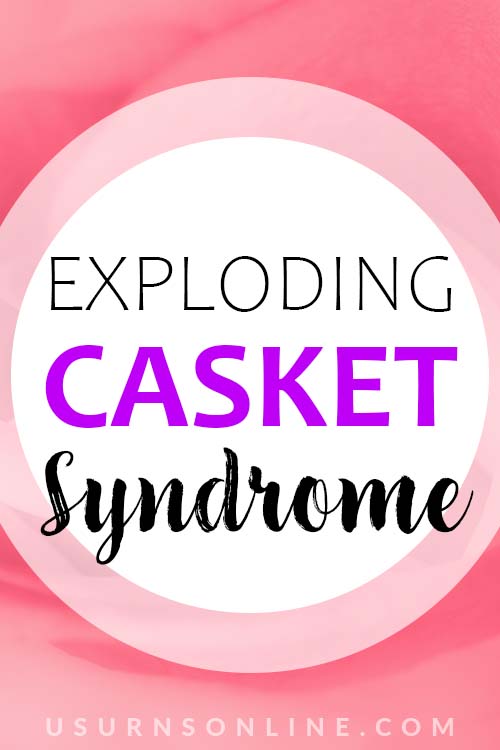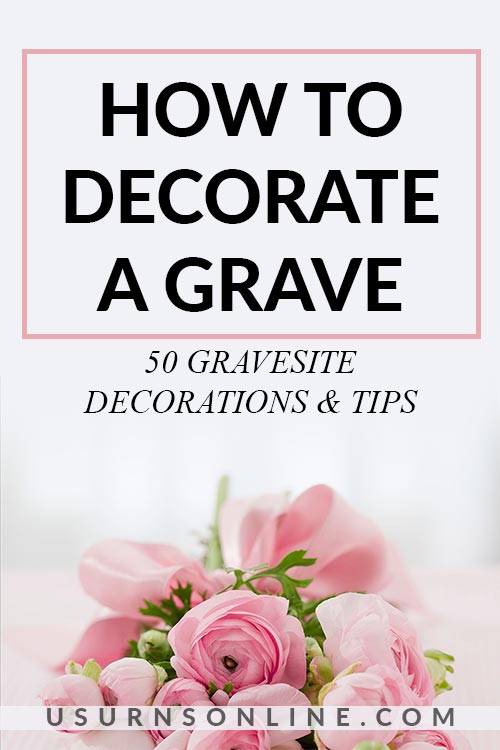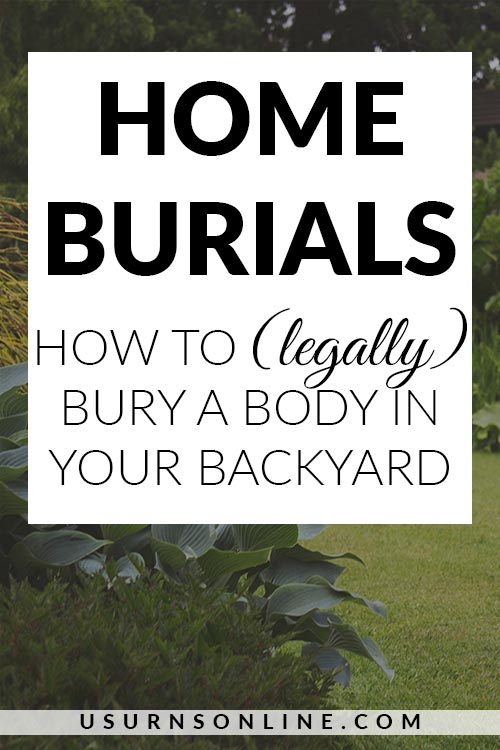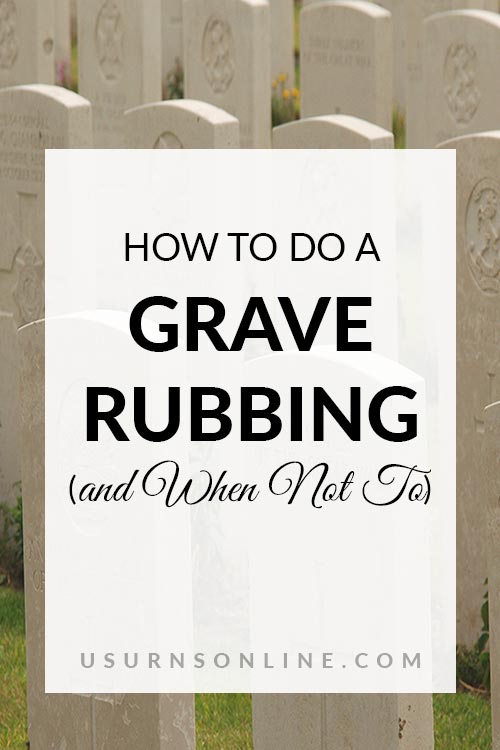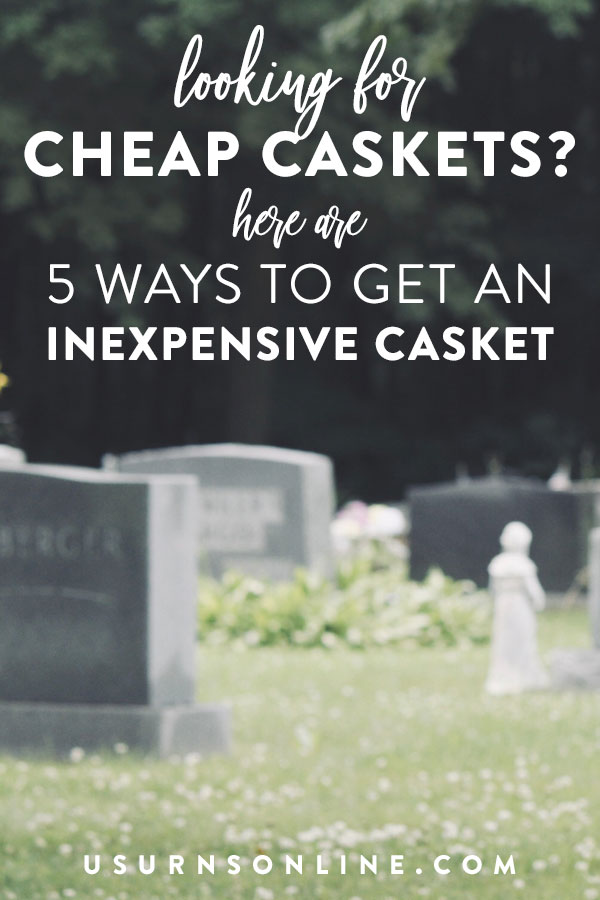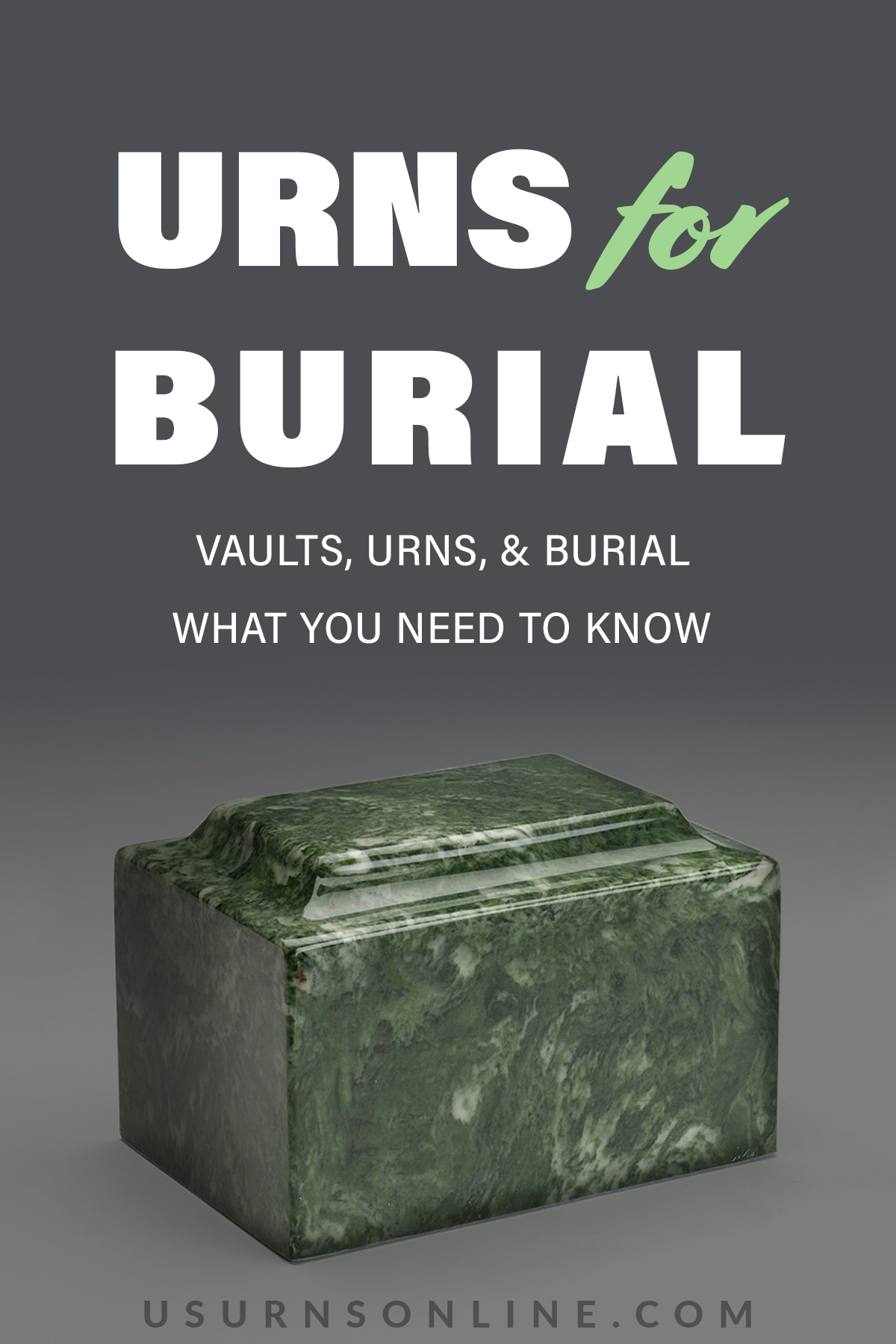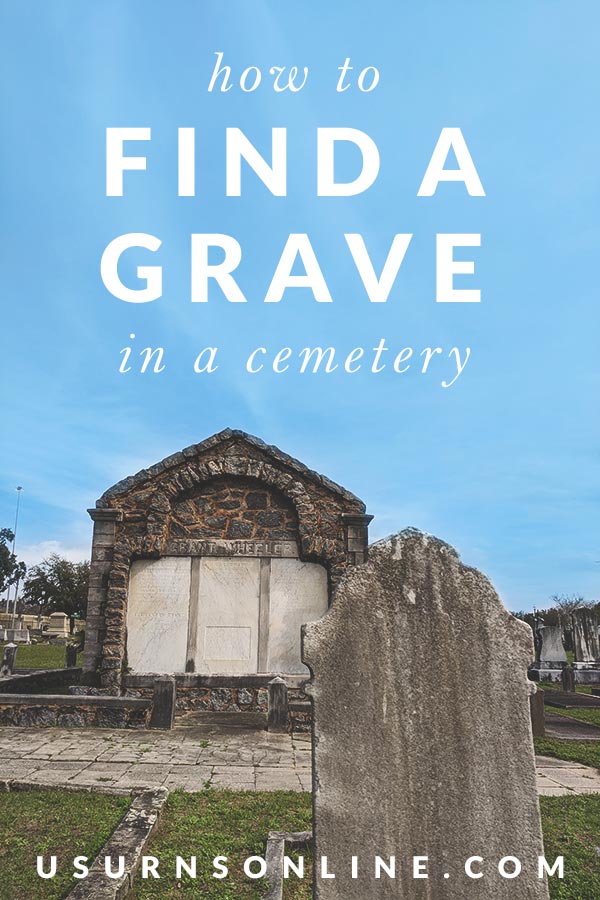Have you ever wondered if you could have a burial at sea? Some people find the idea very romantic and inspiring.
The good news is that an ocean burial is not just for pirates and sailors. It’s an option for anyone who loves the sea – or even the Great Lakes.
Continue to read and find if you are eligible to have your body or cremated remains buried at sea.


